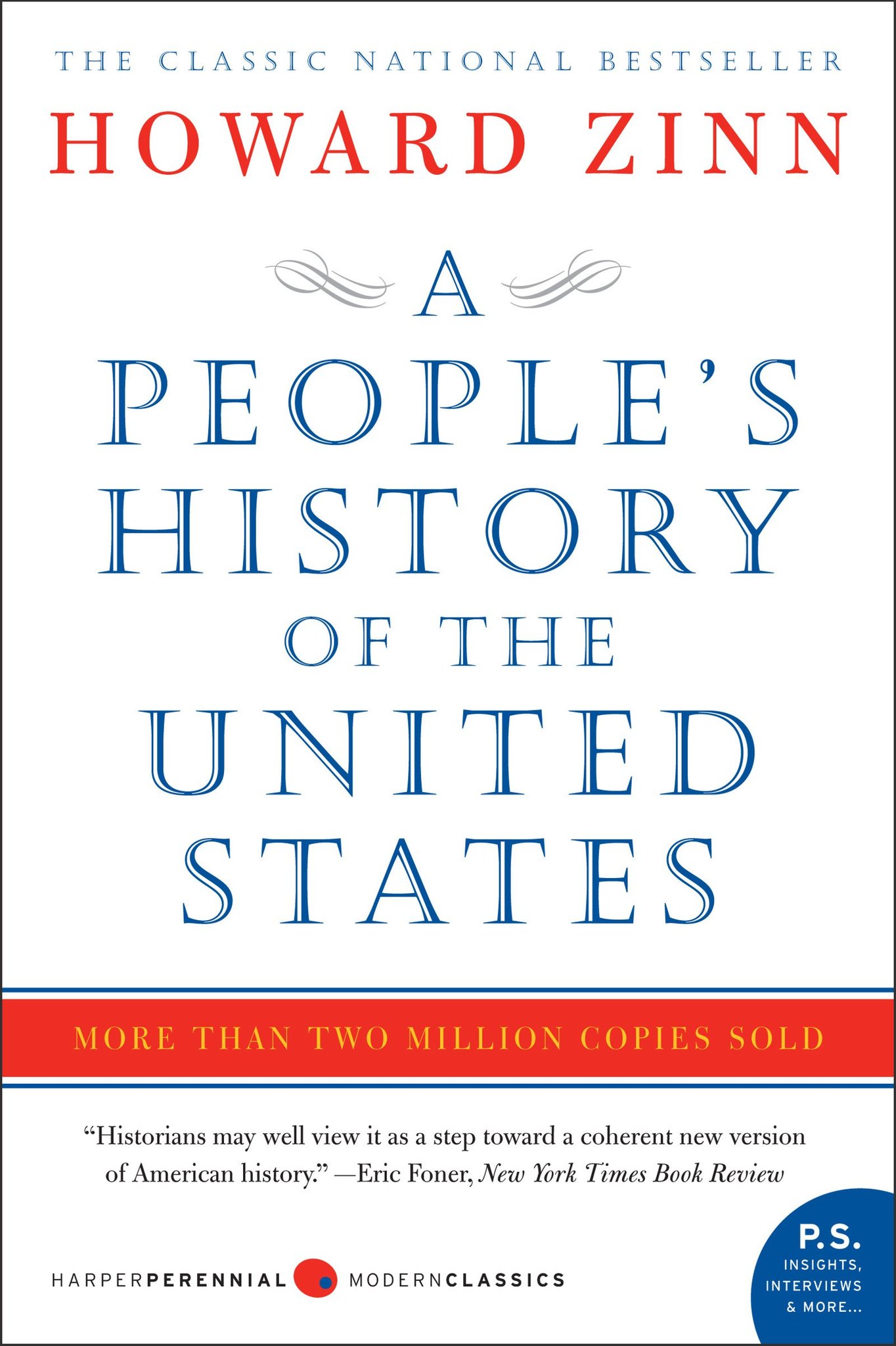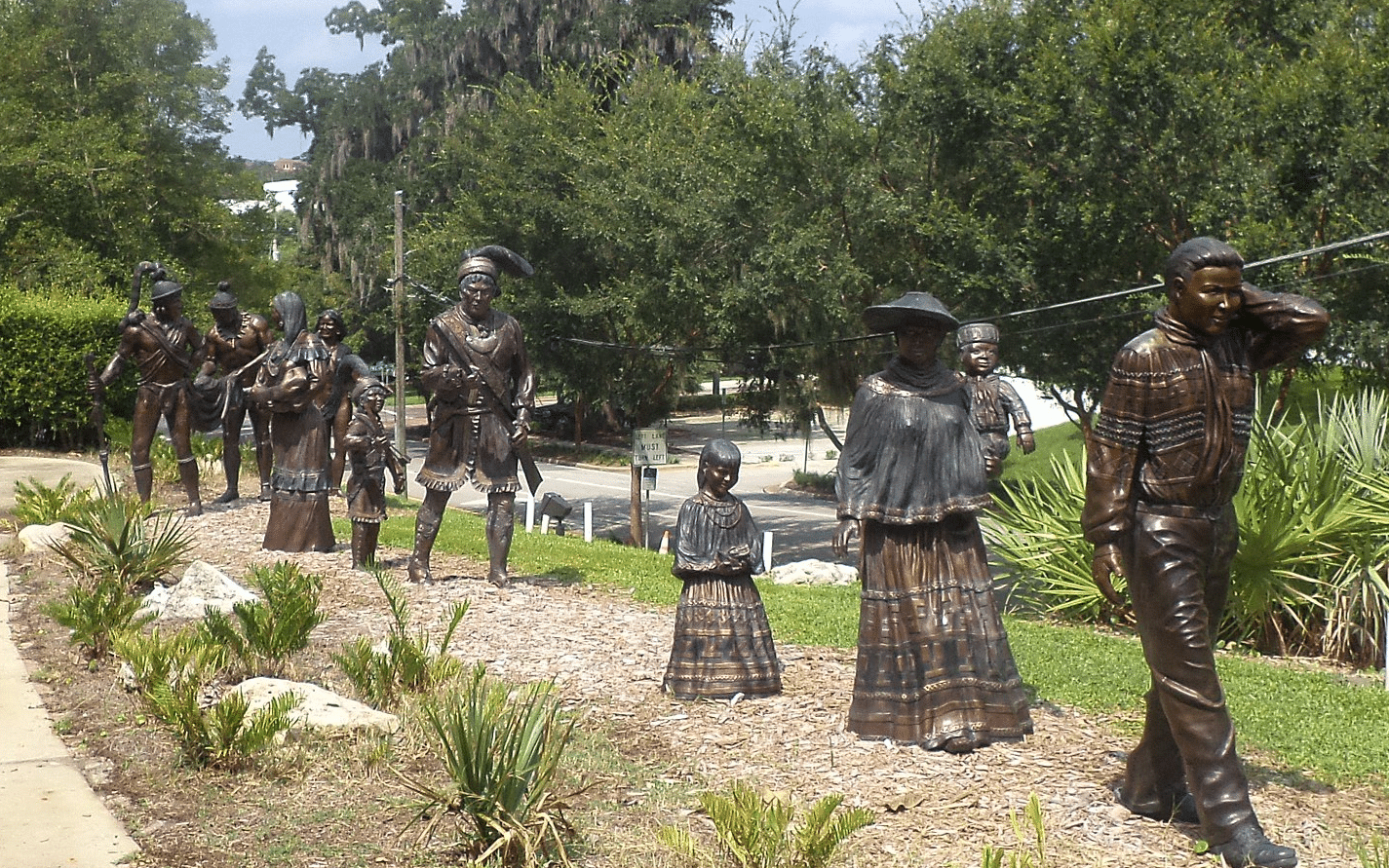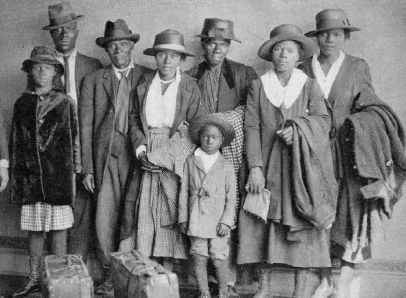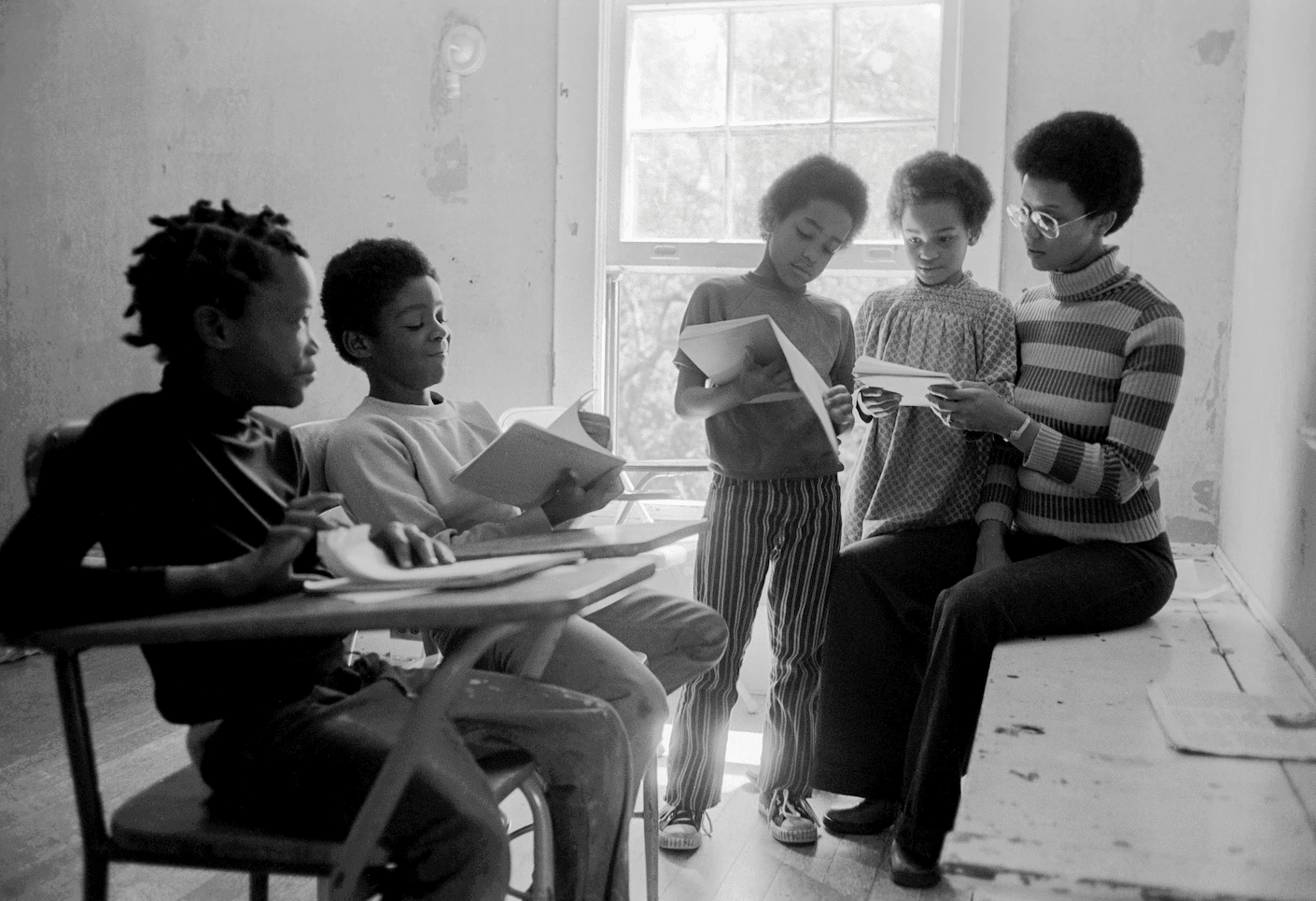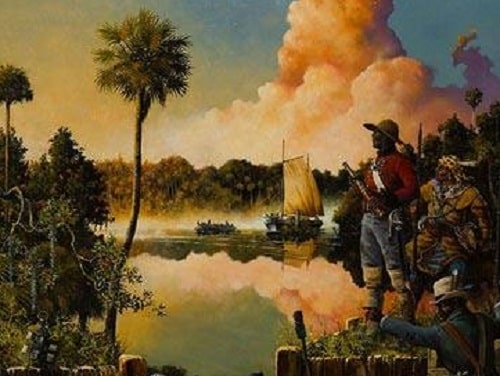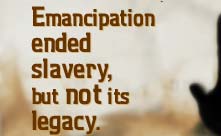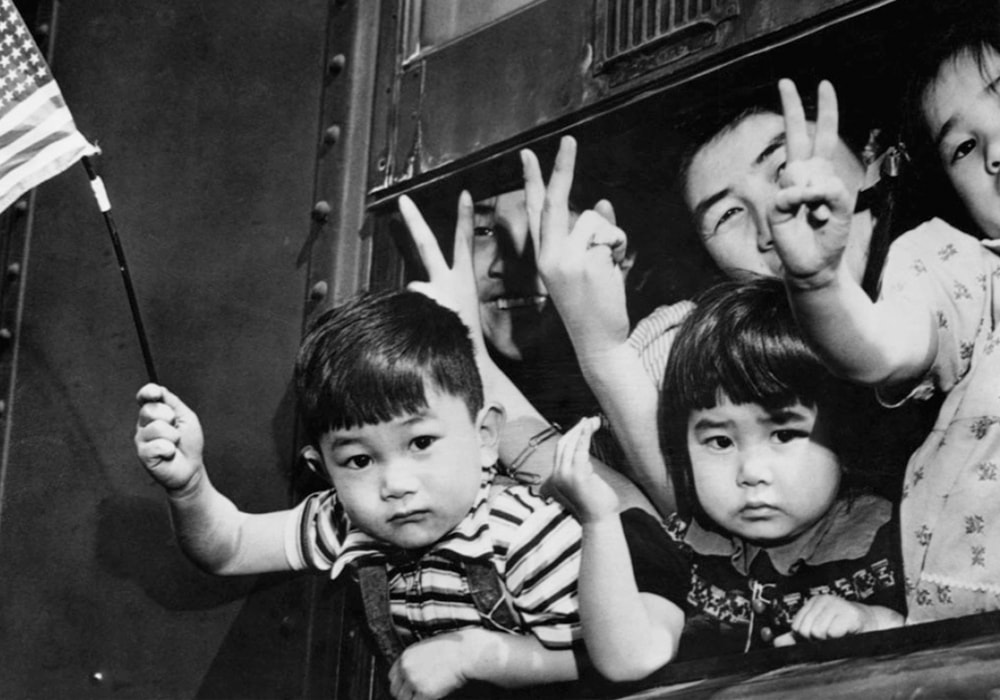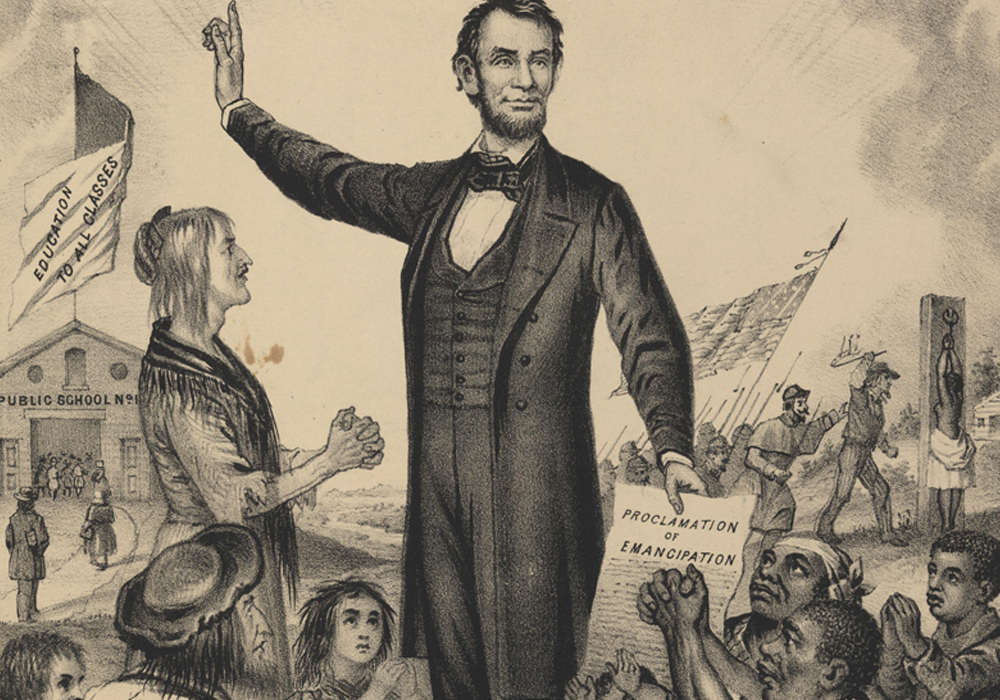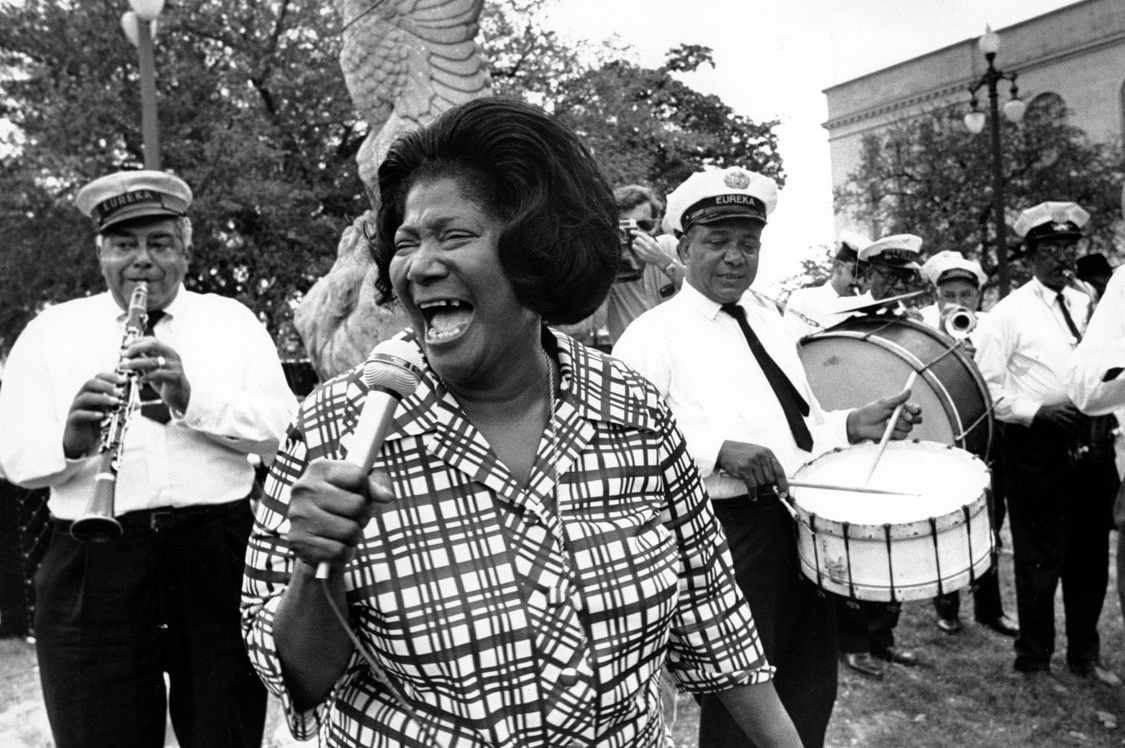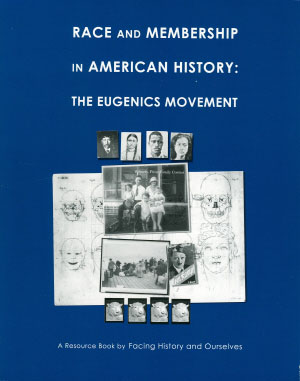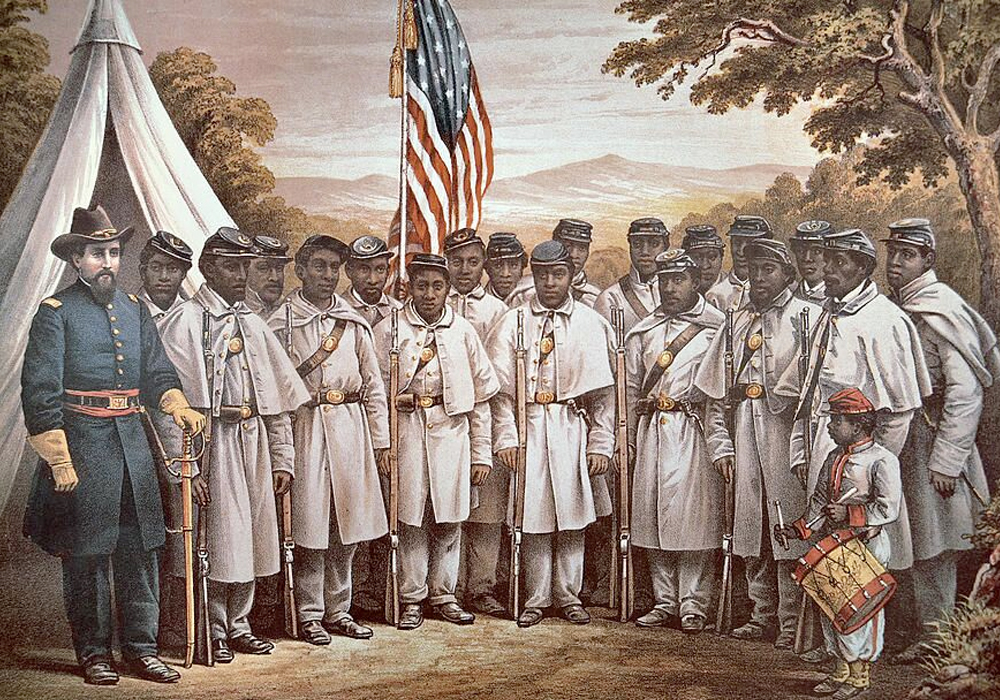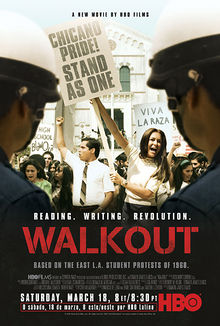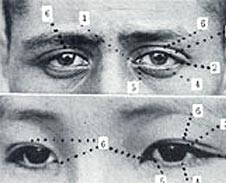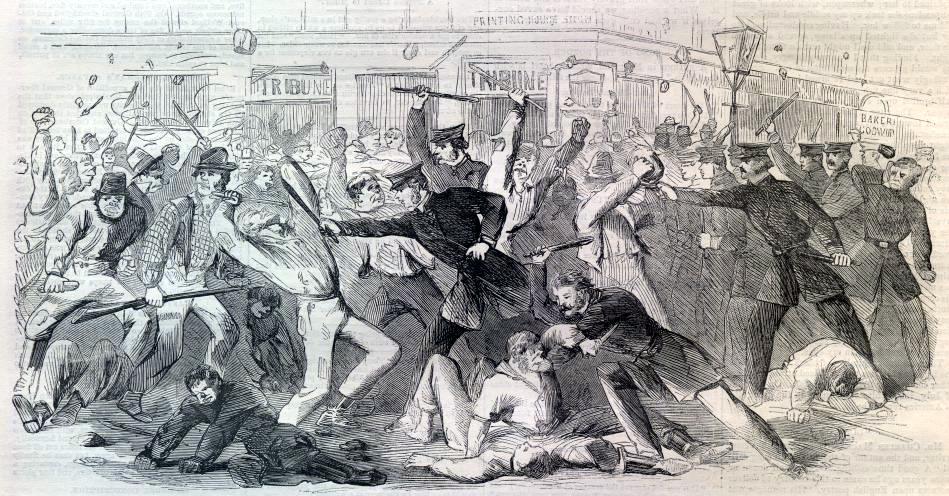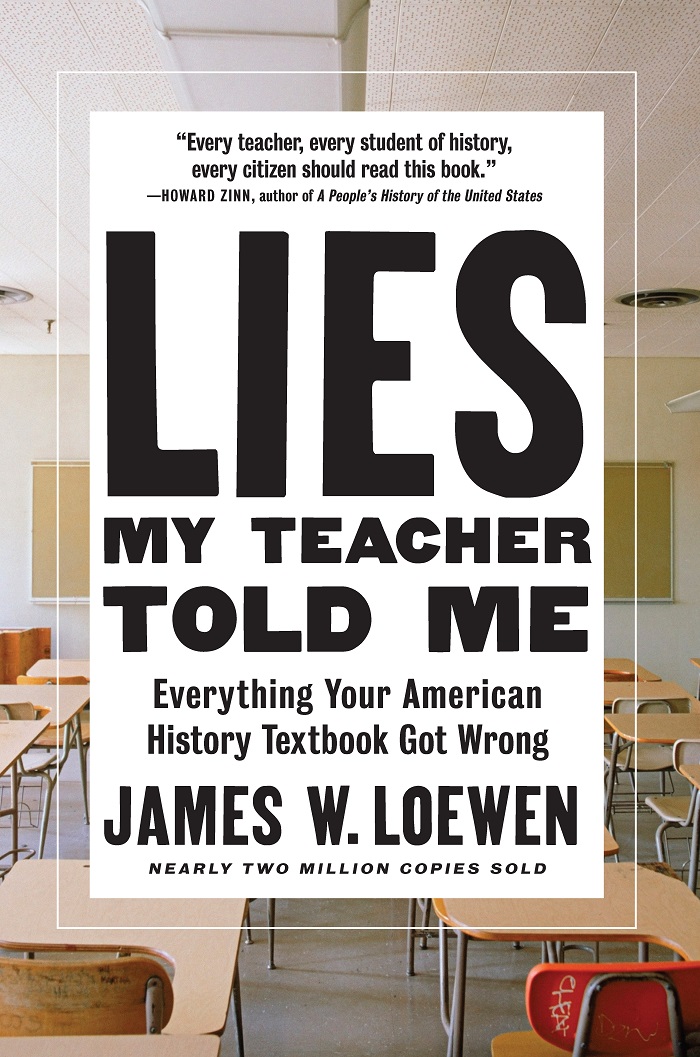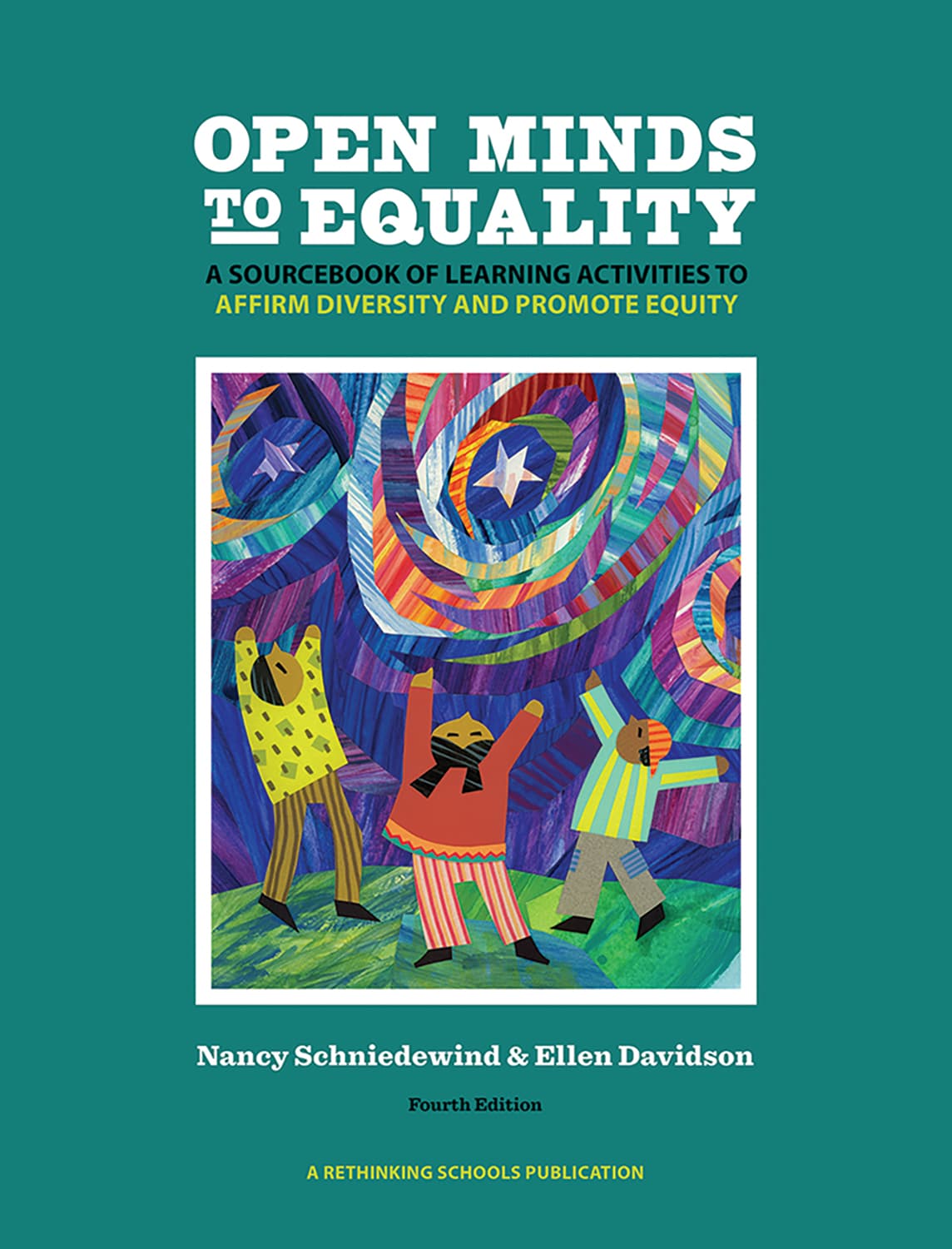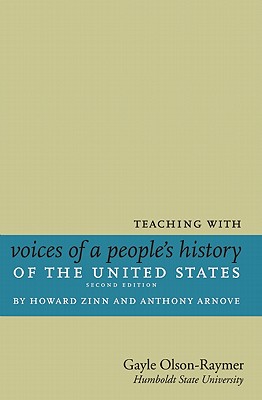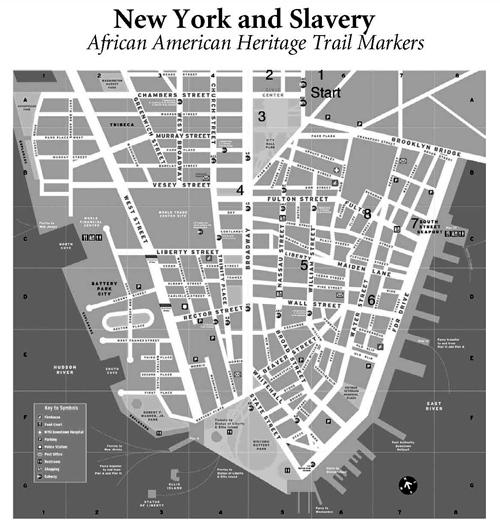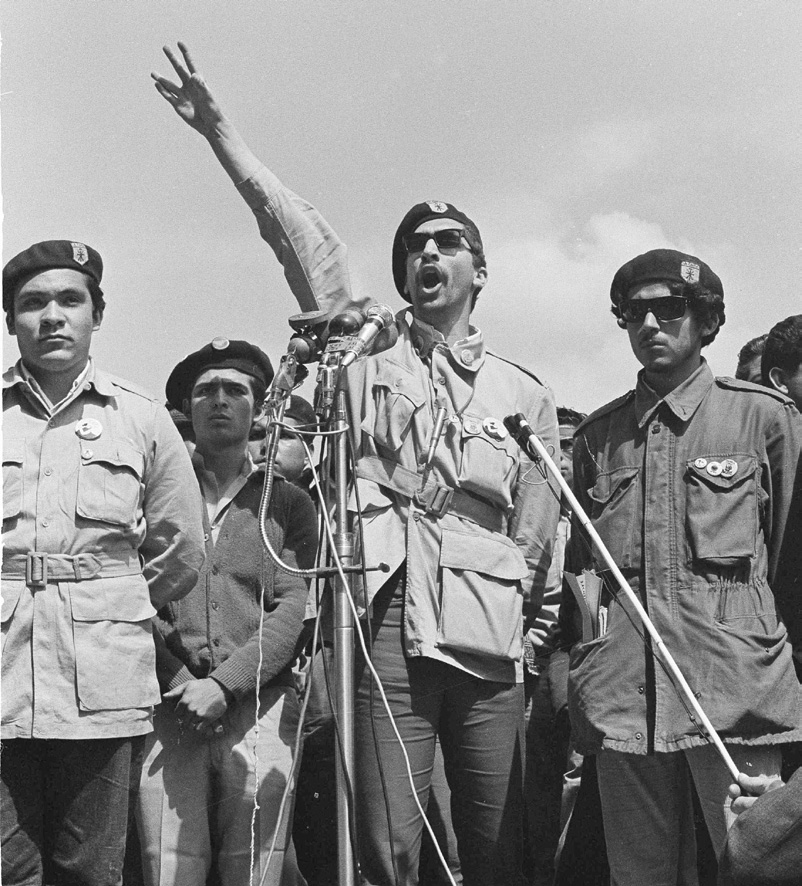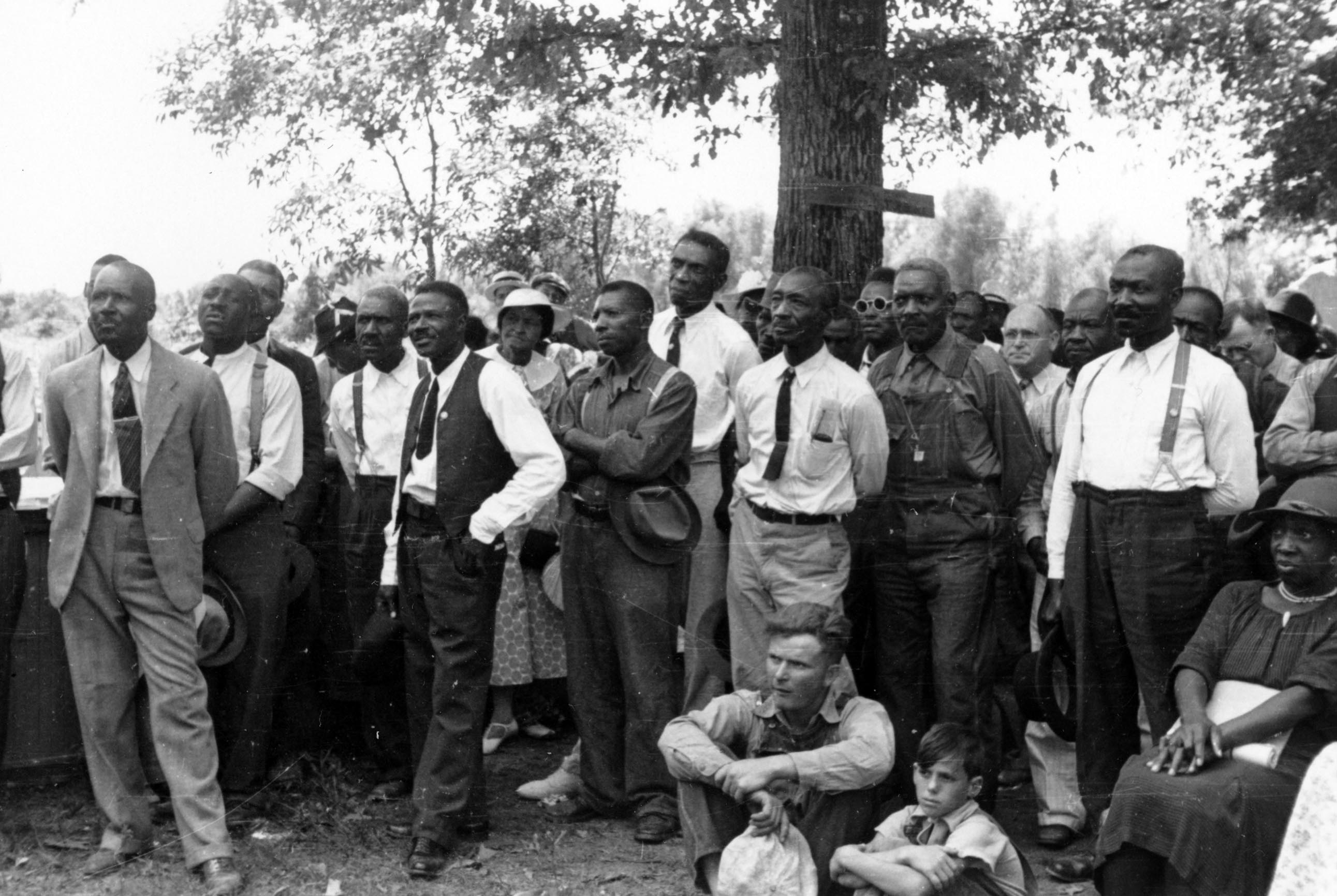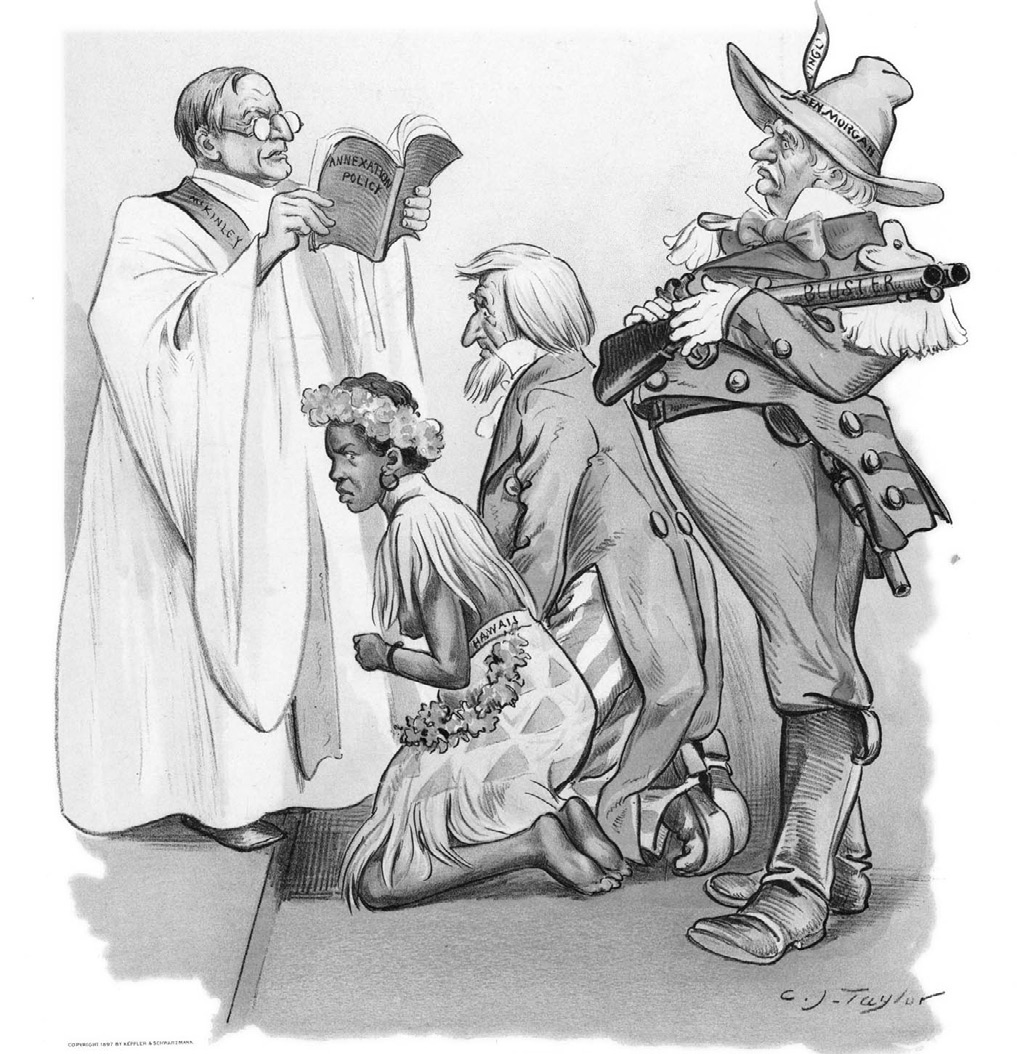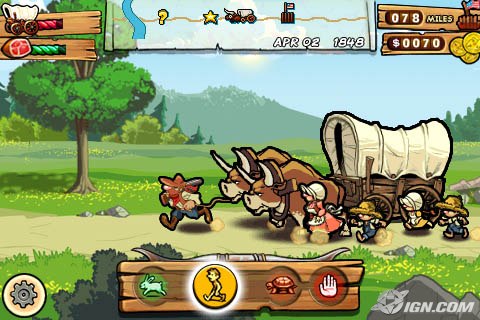Book — Non-fiction. By Howard Zinn. 2005, with a new introduction by Anthony Arnove in 2015. 784 pages.
Howard Zinn's groundbreaking work on U.S. history. This book details lives and facts rarely included in textbooks—an indispensable teacher and student resource.
Continue reading
Teaching Activity. By Bill Bigelow. 5 pages.
A lesson in which students develop critical literacy skills by responding to Andrew Jackson's speech on "Indian Removal."
Continue reading
Teaching Activity. By Bill Bigelow and Linda Christensen. Rethinking Schools. 3 pages.
Empathy, or "social imagination," allows students to connect to "the other" with whom, on the surface, they may appear to have little in common.
Continue reading
Teaching Activity. By Wayne Au. Rethinking Schools. 7 pages.
How students can use the Black Panther Party's 10-Point Program to assess issues in their own communities and to develop 10-Point Programs of their own. Available in Spanish.
Teaching Activity by Wayne Au
Continue reading
Teaching Activity. By Bill Bigelow. 6 pages.
A lesson on the countless colonial laws enacted to create division and inequality based on race. This helps students understand the origins of racism in the United States and who benefits.
Continue reading
Teaching Guide. By Bill Bigelow and Norm Diamond. 1988. 184 pages.
Role plays and writing activities project high school students into real-life situations to explore the history and contemporary reality of employment (and unemployment) in the U.S.
Continue reading
Film. 2002. 4 episodes — 56 minutes each.
Documentary on the history of the Jim Crow era.
Continue reading
Teaching Activity. By Mark Sweeting. Rethinking Schools. 4 pages.
How one teacher engaged his students in a critical examination of the language used in textbooks to describe the internment.
Continue reading
Student Handout. By Bill Bigelow. 3 pages.
This timeline can be used as a resource for lessons on the Civil War, President Lincoln, the 54th Regiment, and the end of slavery.
Continue reading
Teaching Activity. By Rick Mitchell. Rethinking Schools. 10 pages.
Description of a course on the history of music in the United States.
Continue reading
Teaching Guide. By Alan Stoskopf. Facing History and Ourselves. 2002.
Resources for teaching about the eugenics movement in the United States.
Continue reading
Teaching Activity. By Bill Bigelow. 7 pages.
Students explore some of the myths of the Civil War through examining excerpts from Lincoln’s first inaugural address, the rarely mentioned original Thirteenth Amendment to the Constitution that Lincoln promised to support, and the Emancipation Proclamation.
Continue reading
Teaching Activity. By Bill Bigelow. Rethinking Schools. 13 pages.
A role play on the origins of the modern high school allows students to question aspects of schooling they often take for granted, such as tracking (“ability grouping”) and standardized testing — and to reflect on the racial biases of these so-called reforms.
Continue reading
Film. Produced by Moctesuma Esparza. 2006. 111 minutes.
Walkout tells the true story of the Chicano students of East L.A., who in 1968 staged several dramatic walkouts in their high schools to protest academic prejudice and dire school conditions.
Continue reading
Film. By California Newsreel. 2003. Three episodes – 56 minutes each.
A three-part documentary series that questions the very idea of race as biology.
Continue reading
Teaching Activity. By Bill Bigelow. 9 pages.
Students are invited to solve a mystery, using historical clues, about the real story of the Draft Riots.
Continue reading
Book — Non-fiction. By James W. Loewen. 2018. 480 pages.
Provides a detailed critique of 12 leading high school history textbooks.
Continue reading
Teaching Guide. By Nancy Schniedewind and Ellen Davidson. 4th Edition. Rethinking Schools. 2014. 408 pages.
Full of activities to help students explore inequalities and cooperation.
Continue reading
Teaching Activity. By Gayle Olson-Raymer.
Questions and teaching ideas for Chapter 2 of Voices of a People's History of the United States on early American slavery, resistance, and rebellion.
Continue reading
Teaching Activity. By Gayle Olson-Raymer. 18 pages.
Questions and teaching ideas for Chapter 7 of Voices of a People's History of the United States on the American policy of "Manifest Destiny" and Native American resistance to their own displacement.
Continue reading
Teaching Activity. By Alan J. Singer. Rethinking Schools. 7 pages.
How a teacher and his students organized a tour of the hidden history of slavery in New York.
Continue reading
Teaching Activity. By Gilda L. Ochoa. Rethinking Schools. 5 pages.
Reflections on teaching students about the 1968 walkouts by Chicano students in California.
Continue reading
Teaching Activity. By Bill Bigelow and Norm Diamond. 12 pages.
Role play on farm labor organizing in the 1930s shows how racism had to be challenged to create effective worker alliances.
Continue reading
Teaching Activity. By Wayne Wah Kwai Au. Rethinking Schools. 5 pages.
Lesson on the history of Hawai'i and the impact of colonization and tourism.
Continue reading
Article. By Bill Bigelow. Rethinking Schools.
Critique of the popular "Oregon Trail" computer game.
Continue reading

